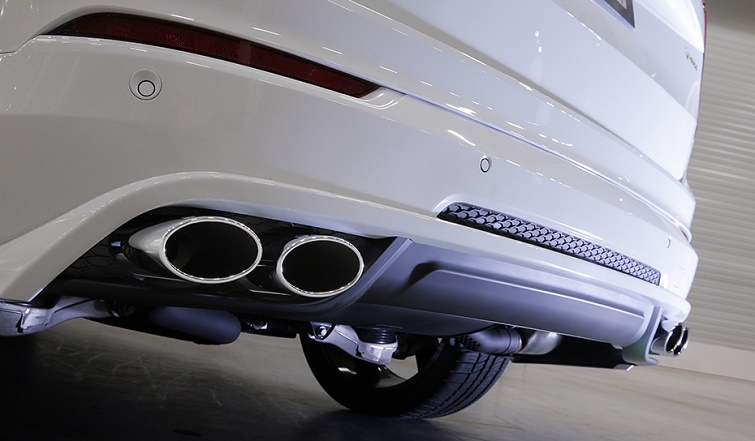Aftermarket exhaust systems are one of the most sought-after parts for improving vehicle performance and fuel economy, but they also give owners the benefit of a better looking and sounding system. An aftermarket exhaust tip can improve the aesthetic appeal of your vehicle and give you a sense of unique style without much of an effort. They can be personalized based on a wide range of features, which is typically done by using different shapes and materials to make the vehicle look more sophisticated, funky or sporty.
Moreover, there’s also a functional benefit to them, as replacing a stock exhaust tip can help correct a dropping or rusty exhaust tip, thus improving the overall exhaust performance of your vehicle. But no matter what your reasons behind buying a new exhaust tip are, buying a new or custom exhaust tip requires careful consideration of a few factors. Things such as size, shape, materials, and style will all impact your choice.
Size
In terms of size, you have to make sure the exhaust tips you’re looking at match the tailpipe, not just for aesthetic purposes, but for the sake of functionality as well. There are a couple of measurements you need to take into account, namely inlet size, outlet size, and length.
The diameter of the tailpipe should match the inlet size of the exhaust tip, and while getting the measurements isn’t difficult, you should be mindful that you are measuring the tailpipe and not the exhaust tip. So for instance, if the inlet diameter of your tailpipe is three inches, the inlet diameter of the exhaust tip you want to buy should also be 3 inches. The outlet size, on the other hand, should clear the cutout area to avoid an unpleasant appearance and potentially, damage.
And lastly, you need to consider the length of the tip. The length should be long enough so the exhaust system vents safely, but it shouldn’t be so long that it scrapes on the ground. Additionally, the length of the tip plays a huge role in determining how your vehicle sounds. Long, thin tips emit a higher-pitch sound, whereas short, wide tips emit a low, growly sound.
Shape
The shape of the exhaust tip is mostly based on personal preference. You can customize most shapes to turn down, up or stick straight up. The most popular shapes are round, oval, square and dual. Round tips are the ones you see on most factory-equipped vehicles. Oval tips are similar to round tips, but they provide a more oblique style. Square tips add a funkier flare to your vehicle, and dual exhaust tips feature a double-barrel design, and you’ll basically have a classic European-looking race car look.

Material
As far as materials go, chrome and stainless steel are the most popular choices. Chrome tips are affordable, flashy, but not very resistant to rust, which is bound to happen as a result of the elements. Stainless steel tips are costlier, but also much more durable and resistant to corrosion and chipping. They also have a mirror-like shine that many buyers find appealing.
Style
When I talk about exhaust tip styles, I’m referring to how they’re installed onto the vehicle. There are two styles – clamp-on and weld-on. Weld-on tips are welded into place, making them extremely secure and resistant to theft (yeah, some people steal tips). However, in order to weld an exhaust tip, you need to know your way around a welder, and you’re stuck with that exhaust tip. Clamp-on tips can be installed easily and quickly by anyone using just a wrench. You simply slide them into place within the tailpipe and tighten the nut with a wrench. However, clamp-on tips can become loose when exposed to excess vibration.



























